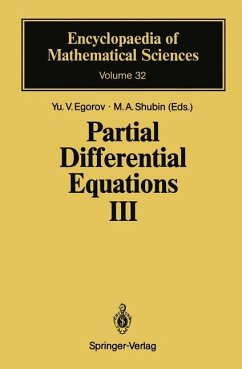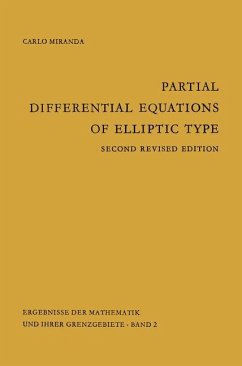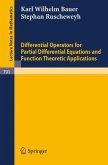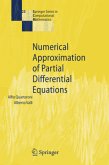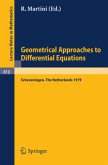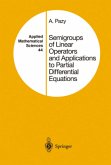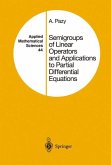,h In the XIX century, mathematical physics continued to be the main source of new partial differential equations and ofproblems involving them. The study ofLaplace's equation and ofthe wave equation had assumed a more systematic nature. In the beginning of the century, Fourier added the heat equation to the aforementioned two. Marvellous progress in obtaining precise solution repre sentation formulas is connected with Poisson, who obtained formulas for the solution of the Dirichlet problem in a disc, for the solution of the Cauchy problems for the heat equation, and for the three-dimensional wave equation. The physical setting ofthe problem led to the gradual replacement ofthe search for a general solution by the study of boundary value problems, which arose naturallyfrom the physics ofthe problem. Among these, theCauchy problem was of utmost importance. Only in the context of first order equations, the original quest for general integralsjustified itself. Here again the first steps are connected with the names of D'Alembert and Euler; the theory was being intensively 1h developed all through the XIX century, and was brought to an astounding completeness through the efforts ofHamilton, Jacobi, Frobenius, and E. Cartan. In terms of concrete equations, the studies in general rarely concerned equa tions of higher than second order, and at most in three variables. Classification 'h ofsecond orderequations was undertaken in the second halfofthe XIX century (by Du Bois-Raymond). An increase in the number of variables was not sanc tioned by applications, and led to the little understood ultra-hyperbolic case.
Hinweis: Dieser Artikel kann nur an eine deutsche Lieferadresse ausgeliefert werden.
Hinweis: Dieser Artikel kann nur an eine deutsche Lieferadresse ausgeliefert werden.

